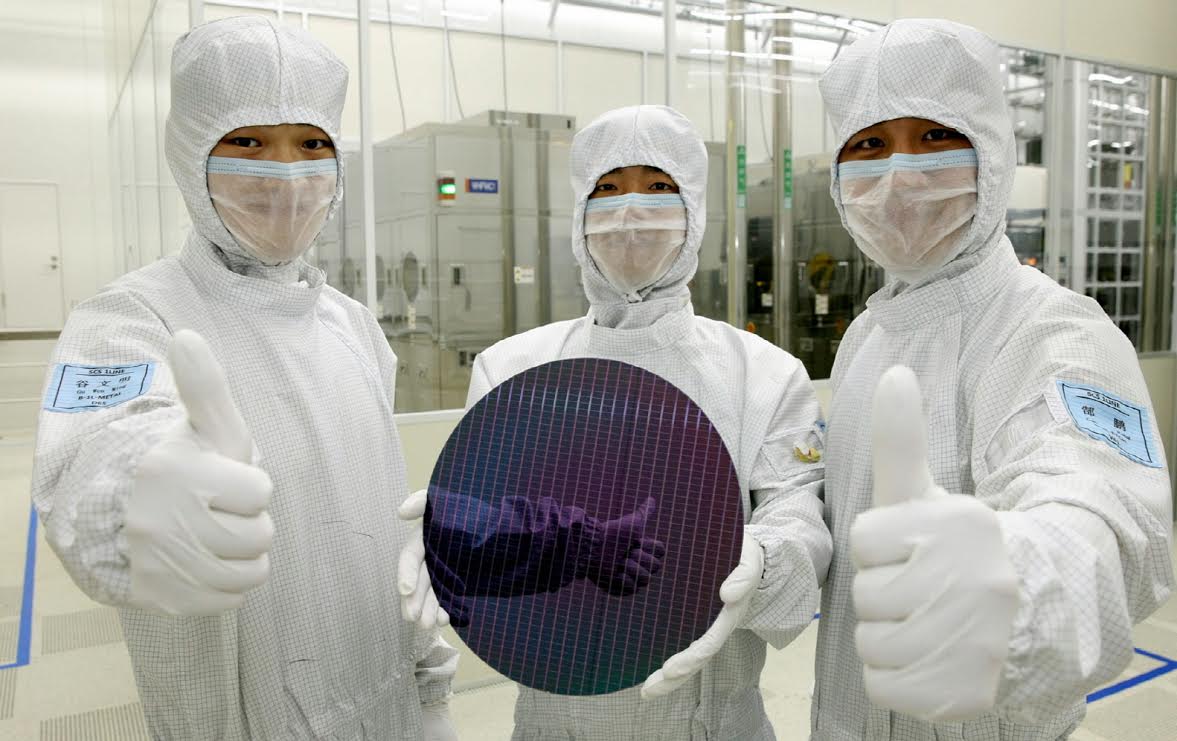Samsung Power Outage Kills 3.5% Of Global Flash For March
According to multiple reports from news outlets in Taipei and South Korea, Samsung's Pyeongtaek fab experienced a power outage on March 9, 2018. The outage lasted for only thirty minutes, but the impact can be calculated in dollars per second.
Up to 60,000 wafers were damaged, according to the report, which is 11% of Samsung's overall NAND flash output for March. That equates to 3.5% of global NAND wafer production.
Increased global production from Samsung and its rivals should offset the loss globally. These companies enjoy a small stockpile of flash memory that didn't exist last year due to strong demand and lower production output as companies shifted to new 64/72-layer memory.
We've yet to see market reaction to the March 9 event, but with word spreading rapidly, we may see some price increases overnight. Any price changes should subside quickly with the Pyeongtaek fab running at planned capacity again.
At the end of the month, Samsung will begin the expansion of the Xi'an factory that was built in 2014. The factory currently produces around 120,000 wafers per month, but the expansion will add another 200,000 to the monthly capacity after completion. However, Samsung's competition also plans aggressive expansion in the years to come.
Get Tom's Hardware's best news and in-depth reviews, straight to your inbox.

Chris Ramseyer was a senior contributing editor for Tom's Hardware. He tested and reviewed consumer storage.
-
Giroro I don't really trust Samsung. The company still needs to be investigated for current DRAM price fixing, also for flash price fixing during the 'shortage'.Reply
So maybe they had a commercial power outage for the first time ever, and they have no policies or backups to mitigate that damage. Or, maybe they pulled some of their flash out of inventory to artificially jack up the price, then they'll sell off that inventory in 2 weeks (next fiscal year) as "increased production". It sounds like an easy/illegal scheme to show investors year-over-year growth without actually improving anything. -
therealduckofdeath Giroro, a factory that size use the power generated from a rather large power plant itself. A UPS isn't even an imaginary option. Having a spare power plant running on full standby, just in case, is a nice fantasy option.Reply
The RAM prices we see now is because neural data centres and bitcoin miners buys it all. There is definitely an investigation needed on whether that part needs regulation before we get a new avoidable bubble. But, that's really not up to Samsung. -
BulkZerker @therealduckofdeathReply
UPS, seriously? No a few diesel or natural gas generators would completely negate this issue. And if a 30 minute power outage ends up being a dollars per SECOND loss the a backup power plan pays for itself the first time it's used. -
thrakazog Well, Samsung had their annual accident. Now we'll wait for Micron and Hynix to have their factory accidents, and read about how prices will go up because of the nand shortage. Then at the end of this year, we can read about their record profits.......Reply -
Kridian Reply
:D20793835 said:Well, Samsung had their annual accident.
It's so painfully obvious they're on the "gouge train".
-
Vosgy What they need is something like this:Reply
http://www.news.com.au/technology/environment/thats-a-record-south-australias-tesla-battery-responds-to-coalfired-plant-failure/news-story/d9e02c0dbf6774ffea948a1b919f3b7f -
someone-crazy Just need enough ups to handle the plant till the "generators" to kick in and providing 50-100 Mw of electricity without even a slight fluctuation of power in any of the steps in the manufacturing.Reply
The cost of such a system would run in the 100s of millions, to prevent a loss of a few million. So you would need a power failure about 50 times to justify the cost of installing a backup power plant. -
InvalidError Reply
Generators take a few seconds to start up. Many power-intensive steps of the chip fabrication process such as vapor deposition and lithography can't wait that long. All wafers in those critical steps are write-offs at the slightest power interruption.20793810 said:@therealduckofdeath
UPS, seriously? No a few diesel or natural gas generators would completely negate this issue.
